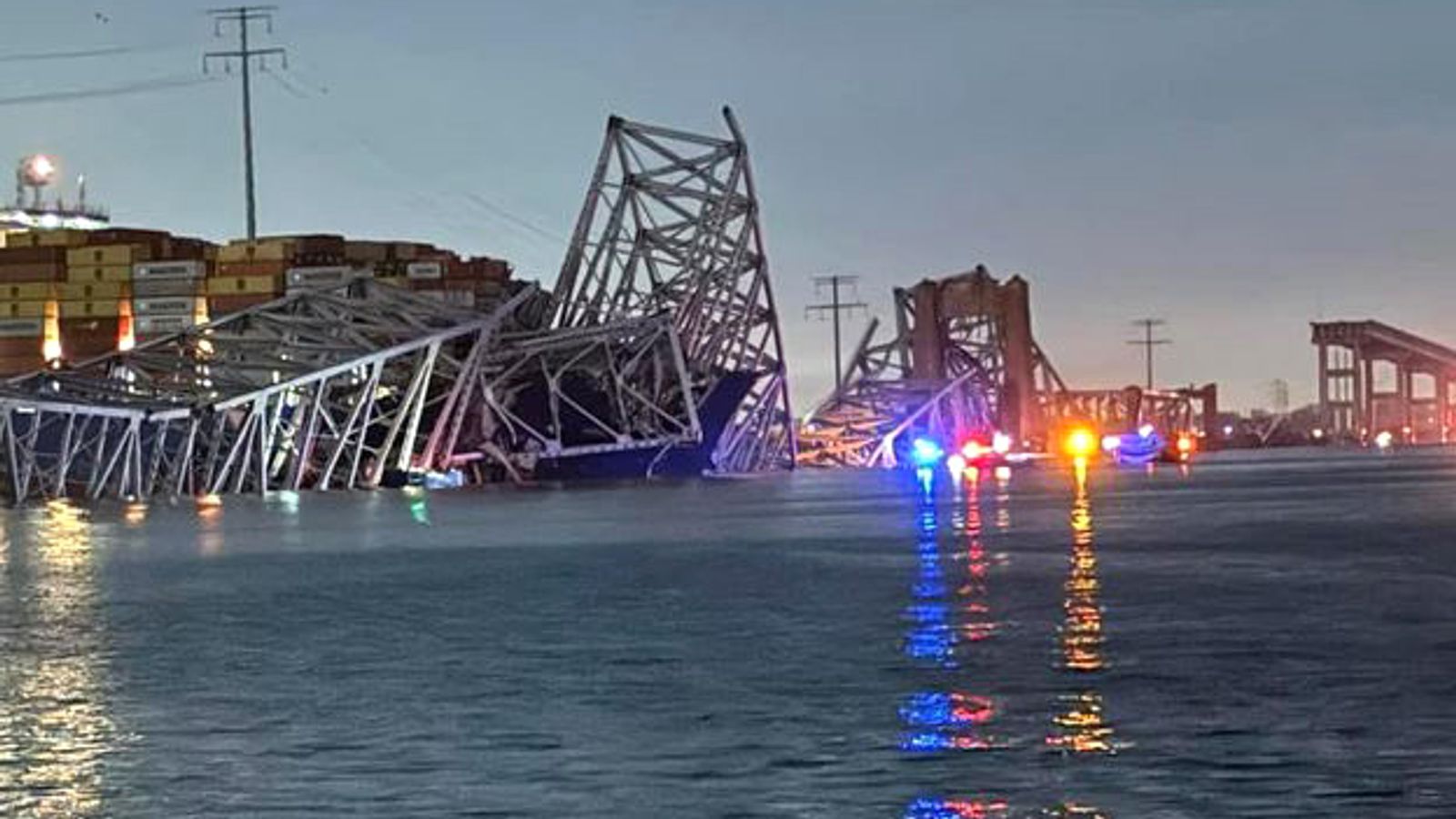A disaster was narrowly averted in Baltimore early Tuesday morning when a mayday call from a cargo ship in distress alerted authorities to a potential catastrophe. The call, issued moments before the vessel slammed into the Francis Scott Key Bridge, provided crucial minutes for officials to take action and limit traffic on the bridge, likely saving numerous lives.
The cargo ship, identified as the MV Dali, reportedly lost power and became uncontrollable, according to Maryland Governor Wes Moore. With time running out, the ship's crew sent out a distress signal, initiating a chain of events that would prove lifesaving.
Governor Moore praised the crew's swift action during a press conference. "We're incredibly thankful that the mayday call was issued," he said. "It gave us enough time to react and prevent a much worse situation."
The response from local authorities was immediate. Upon receiving the mayday call, Baltimore police issued a city-wide alert to stop traffic approaching the bridge. Officers stationed near the bridge were instructed to block entry points, preventing further vehicles from entering the doomed span.
However, the window of opportunity was brief. Roughly two minutes after the initial distress call, the out-of-control MV Dali slammed into a crucial support pillar of the bridge. The impact caused catastrophic damage, sending the entire structure plummeting into the Patapsco River below in a terrifying collapse.
Emergency responders rushed to the scene, launching a desperate search for survivors in the wreckage and the frigid river waters. Thankfully, due to the heroic actions of the cargo ship's crew and the swift response from local authorities, the number of casualties was significantly lower than initially feared.
While a full investigation into the cause of the accident is still underway, the bridge collapse has caused significant disruption to Baltimore's transportation infrastructure. The heavily traveled bridge is a major artery connecting the city to points south, and its closure is expected to cause long delays and detours for weeks or even months to come.
The incident has also sparked renewed concerns about the safety and aging infrastructure of bridges across the country. The Francis Scott Key Bridge, built in 1939, was already undergoing scheduled repairs at the time of the collapse. The incident has prompted calls for increased investment in bridge maintenance and inspections to prevent similar tragedies from occurring in the future.

